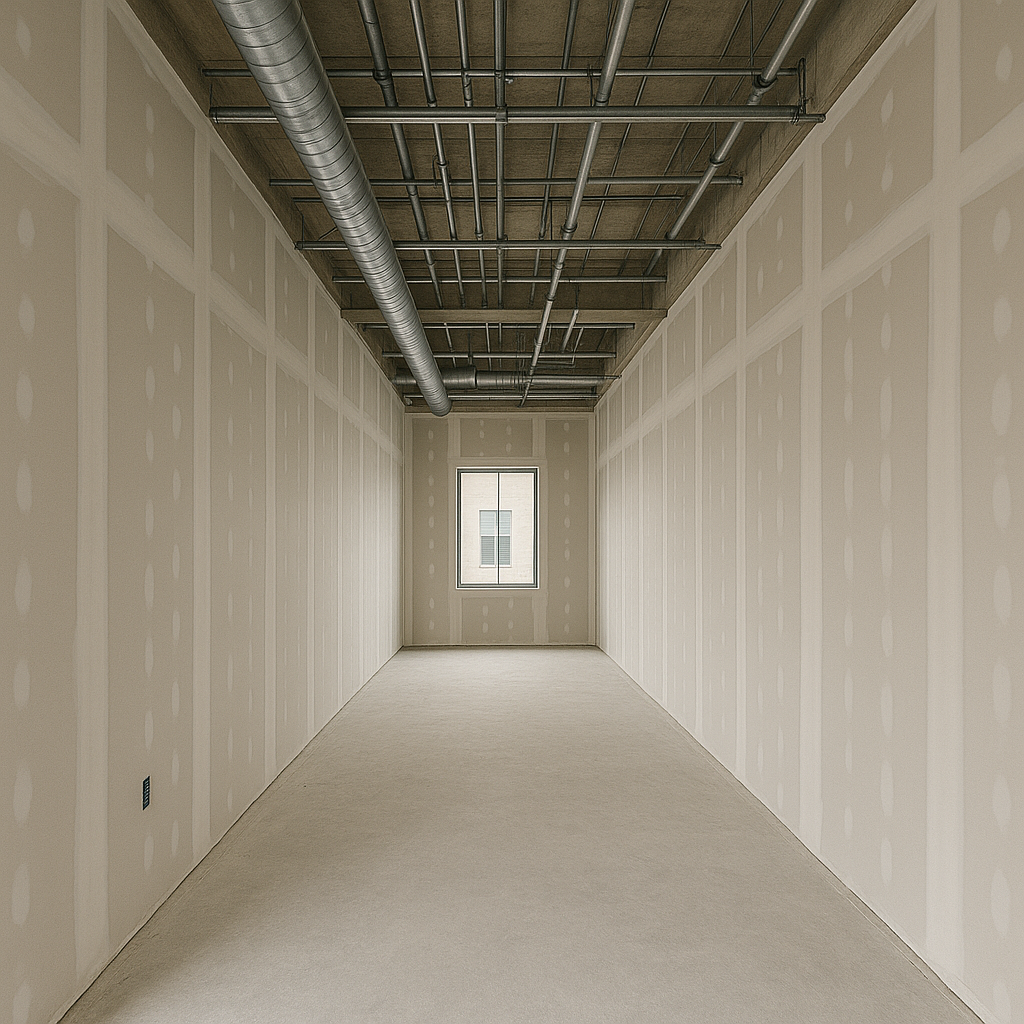
In the high-stakes environment of construction estimating, speed often competes with accuracy. While time-to-bid is a critical metric for general contractors, architects, and engineers, the true cost of rushing a drywall estimate can be catastrophic. From budget overruns to damaged reputations, a hastily built estimate can set off a chain reaction of issues throughout the project lifecycle. The pressure to deliver estimates quickly must be counterbalanced by strategies rooted in data-driven intelligence, not guesswork.
When drywall estimates are rushed, critical cost drivers—such as scope gaps, design ambiguities, or labor productivity assumptions—often go unvalidated. This introduces volatility into the project budget, undermining not only financial accuracy but also stakeholder confidence. Estimators may lean on outdated templates or incomplete models, leading to systemic misalignments between design, execution, and cost expectations.
What may appear as an acceptable shortcut to meet a deadline often becomes a liability during construction. Missing data, incorrect assumptions, and unverified quantities compound as the project scales, especially in multi-family or commercial builds where drywall constitutes a significant portion of scope.
The solution isn't simply to slow down—it's to speed up intelligently. Leveraging connected historical data, smart cost modeling, and continuous estimating workflows helps eliminate the need to choose between speed and accuracy. Tools designed for drywall estimating now allow teams to build, validate, and adjust estimates in minutes rather than days—without cutting corners.
By capturing and applying both objective data (material counts, labor rates) and subjective inputs (expert assessments, known jobsite constraints), estimators can deliver fast, yet defensible numbers. This dual-track method enhances trust in the estimate while aligning closely with the project's real-world dynamics.
With Active Estimating, project teams can maintain the pace of fast-moving design phases while still producing detailed, auditable drywall cost estimates. The platform integrates seamlessly with existing tools and offers patented methods for transforming raw data into a continuously updated cost framework. This means estimators can:
Organizations that elevate estimating from a compliance function to a strategic discipline stand to win more projects and execute them more profitably. A properly developed drywall estimate not only supports bidding efforts—it anchors design decisions, guides procurement, and informs project phasing.
Those who rely on speed alone will eventually pay the price in overruns, disputes, or eroded trust. Those who invest in data-driven intelligence will build stronger margins, stronger partnerships, and a stronger reputation.
Rushing a drywall estimate introduces risks that ripple far beyond the preconstruction phase. With today's complex projects and thin profit margins, accuracy is no longer optional. Through historical benchmarking, real-time analytics, and intelligent process integration, estimators can move faster—but with greater precision. That’s not just better estimating—it’s smarter building.
Schedule a personalized demo to see how Active Estimating can work for your specific needs.
